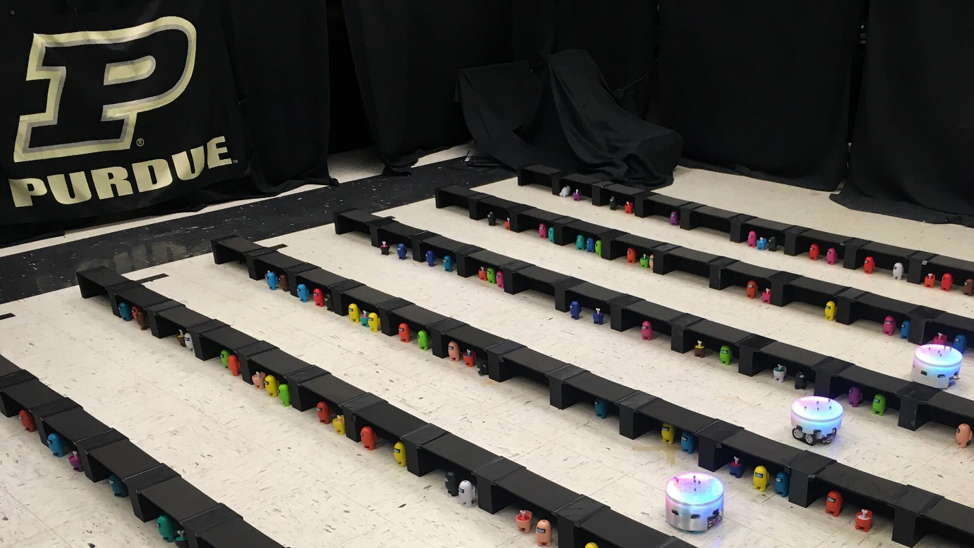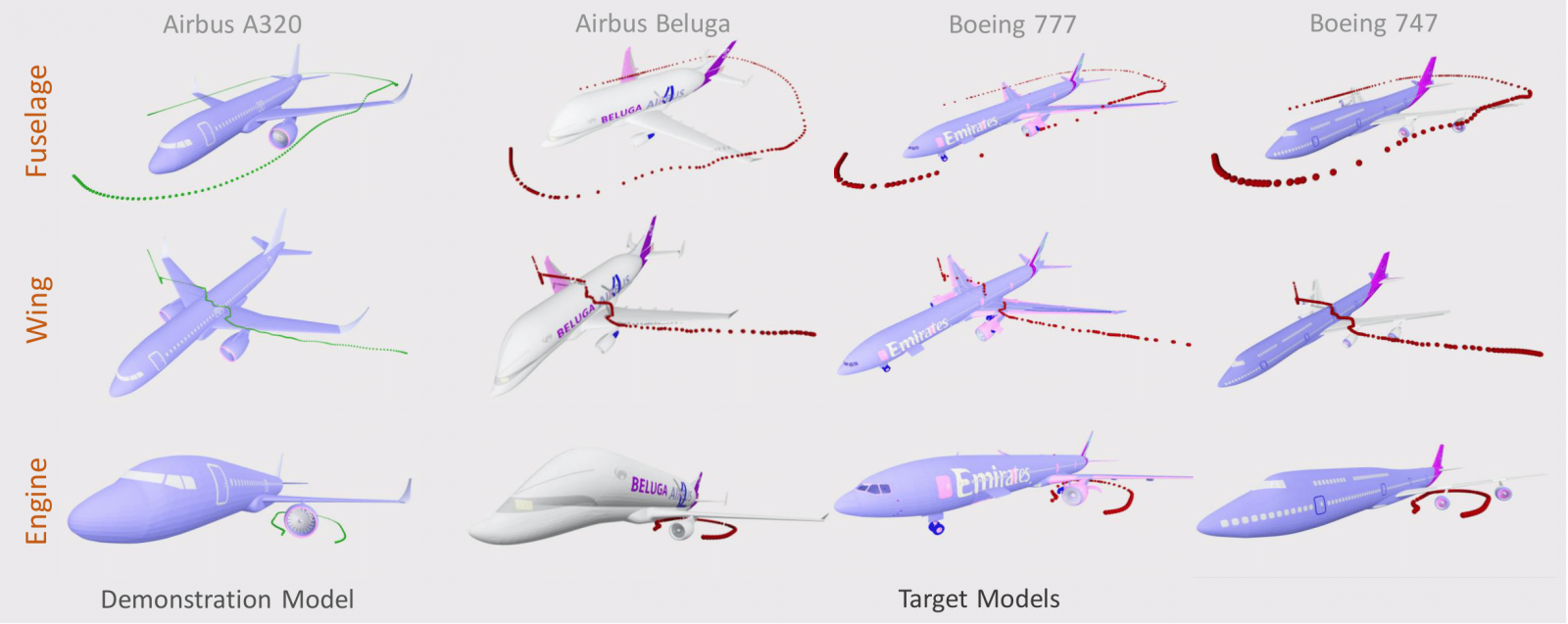
The Smart Machine and Assistive Robotics Technology (SMART) Lab, run by Purdue Polytechnic faculty member Byung-Cheol Min, will have a sizable showing at one of the world’s largest and most influential robotics conferences in early October.
Min’s graduate researchers are preparing five papers for presentation at the International Conference on Intelligent Robots and Systems (IROS), a globetrotting event which has been held in Japan, the Czech Republic, China and Spain in recent years. 2023’s conference will take place in Detroit, Michigan, and will maintain a focus on younger researchers with the theme of “the next generation of robotics.”
“Our five accepted papers cover various areas including aerial systems, human and robot teaming, design and human factors, learning-in-motion planning, and multi-robot and distributed robot systems,” Min stated. “Only a few robotics labs have the opportunity to present such a large number of papers at IROS, and this is the first time for our lab to do so.”
The majority of SMART Lab’s student researchers are listed as either lead authors or coauthors on the five papers in question. All SMART Lab authors who will present are also PhD students in Purdue Polytechnic’s doctoral program in technology:
- Go-Eum Cha
- Shyam Sundar Kannan
- Vishnunandan Venkatesh
- Ruiqi Wang
- Weizheng Wang
Each paper has shown promising results in different sub-fields of robotics, with wide applications across a variety of industries.
Two of the five papers deal with the working relationships between humans, their teammates, and robotic workers. One proposes a new model for how human and robotic partners are paired in military defense or disaster relief scenarios by understanding how human specialties match up with their assignments. The second aims to understand how personality traits influence collaboration with robots. The authors focus on traits like extroversion, conscientiousness and agreeableness, examining their correlation with human workload, emotional affect and performance quality.

Another paper addresses the way that drones are used in safety inspections for buildings, aircraft, and other complex structures subject to strict quality regulations. Instead of relying on an expert human pilot for all safety inspections (an expensive and time-consuming investment), SMART Lab researchers have developed an effective method to algorithmically plan a drone’s flight path using human pilots' trajectories as an example. This allows the drone to "learn" from the human pilot, and chart its own courses to inspect critical safety areas, such as a plane's turbine.
Another piece of research addresses difficulties in navigating robots around humans, in environments like busy streets and other public spaces. It introduces a new system called NaviSTAR, which uses advanced technology to help robots chart courses for themselves, considering pedestrian behavior and social norms.
One final paper proposes a new way of approaching large, group-efforts in the robotics field. Prior researchers have discovered how groups of robots (numbering in the thousands or higher) can build entire structures together as a team. However, as more robots work in tandem, the more complex computations become. Human managers, software engineers and other involved parties have had problems with lag time and overloading software. This paper proposes a method of simplifying robot systems, giving them local communication capacity with partner robots and ultimately taking strain off the system.
The IROS conference, taking place between Sunday, October 1 and Thursday, October 5, is a partnership between the Institute of Electrical and Electronics Engineers (IEEE), the Robotics Society of Japan, the Society of Instrument and Control Engineers, the New Technology Foundation, and IEEE's Industrial Electronics Society as well as their Robotics and Automation Society. IROS has run annually since 1988. Last year’s conference had “3,800 on-site participants” with 873 more joining online, in addition to 60 exhibitors from the robotics industry. SMART Lab’s presentations are occurring from Monday through Wednesday at the 2023 conference.
“This is a diverse array of groundbreaking research,” Min said. “I am genuinely excited about the exceptional work my students are undertaking at our lab.”
Additional information
